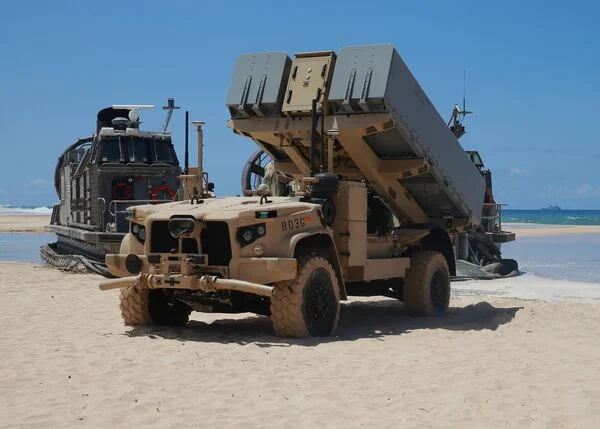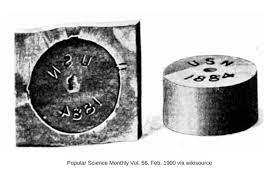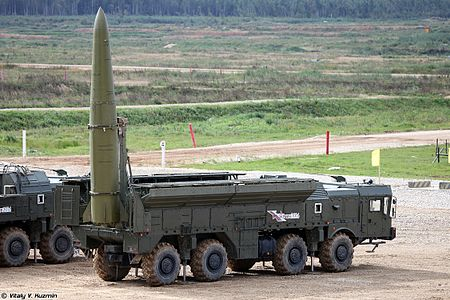
Camouflage Concealment and Deception (CCD) - a thread: Ever looked at these types of things and wondered if they are any good? Or what impact they would actually have on formation survivability? The following is from the @JanesINTEL archive: 

"CCD involves several techniques designed to work together: hiding a target to conceal its presence, blending it into the background, disguising its identity, disrupting its outline by changing regular patterns or features in the scene, and using false targets as decoys."
So - first off, the inflatable tanks are part of a system, not a stand alone thing. What is their goal? Simply put, reduce the probability of a successful engagement/weapons grade target info being shared. But you already know that...so how good are they?
The US DoD launched a test and evaluation of technologies proposed by the Joint CCD Center in 1991. "Its brief was to measure the effectiveness of CCD in increasing the survivability of mission‐critical fixed facilities and relocatable assets against manned aerial attacks" 

"a variety of USAF and USN aircraft types ‐ including F‐15Es, F‐16s, A‐6Es, A‐10s, F‐111s, F‐117s, and F/A‐18s ‐ made 1,695 attacks with simulated free‐fall and guided weapons against targets with and without CCD." Tests were conducted in a range of climates.
Targets were in five categories, ranging from runways, warehouses, hardened hangers, aircraft on the ground, tanks and C2 centres - with and without CCD. A range of CCD techniques were also employed; camouflage nets, disruptive patterns, false operating surfaces, decoy aircraft.. 

and structures, obscurants, radar corner reflectors, heat‐suppression techniques, as well as the use of locally available materials such as canvas, water, and insulation board.
"The no of air attacks on the correct targets dropped from 79% to 48%. At the same time, there was a substantial increase in the number of attacks on incorrect targets, and in the number of aborted passes. When decoys were deployed, they were attacked on 27% of occasions." 

Without CCD, target survivability ranged between 9 and 38%, with it, from 42 - 90%. Average aimpoint error without was 2 - 155 m. With CCD, the latter increased to 640 m.
"The use of CCD also reduced the range at which aircrews could acquire and designate their targets, and altered the timing of critical events in the attack process."
Pretty cool right? But, I know what you're thinking, 'Sam, satellites are a thing and they help too, just spoofing planes and pilots isn't enough these days.' Don't worry, they looked into that too. 

13 SATINT exploitation tests were conducted with experienced analysts using recce satellites. Analysts routinely completed their tasks faster - but often selected the wrong target. It also seemed to lead to uncertainty over target priorities within the intel cell.
"CCD presented the greatest challenge to imagery analysts when the target scene included a complex background, with either a large‐medium or small target." 

At the time, the JCCD indicated that there was not enough interest in CCD because it was viewed as a defensive thing, not something an attacking force would use.
All in all, I think this example gives an indication of how CCD can affect the survivability of a formation, it seeks to exploit the temporal aspect as well as introduce doubt into a targeting cycle, all with the goal of reducing probabilities in the defender's favour.
Hopefully this will help in understanding Russia's interest in inflatable tanks and S-400s, if the USAF was your enemy, wouldn't you? 





• • •
Missing some Tweet in this thread? You can try to
force a refresh














